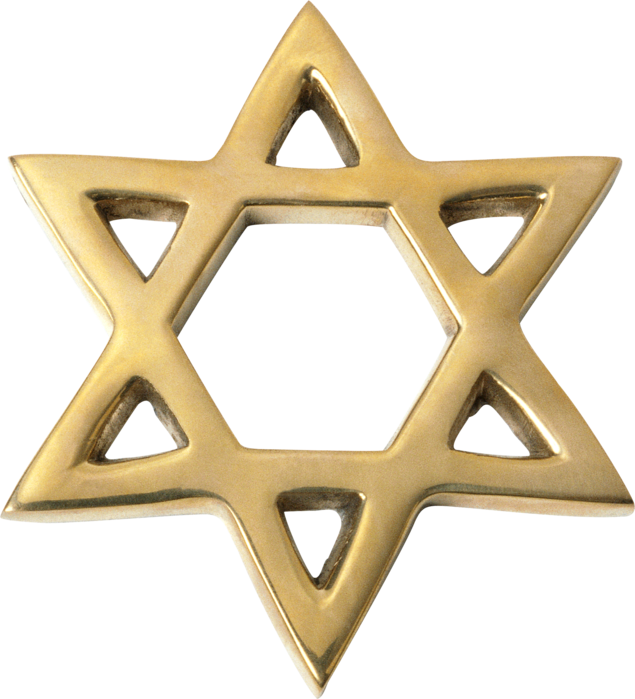It’s true that Jewish communities have invested a lot in buildings, sanctuaries, halls and campuses, but none of those actually are the community. Perhaps our Jewish past, or at least the stories we tell about it, accustom us to wander — which is to say, to move on in order to survive.
And there’s no better symbol of that for the Pasadena Jewish Temple and Center than the Nehdar Torah, which Mendel said will be in the holy ark when it’s opened during Sabbath services.
In 1934, Samuel Nehdar, a leading importer in the Iranian port city of Khorramshahr, commissioned the Torah to mark the death of his first wife, the daughter of a famous rabbi in the region.
Nehdar remarried and moved to Tehran, before emigrating to the U.S. in 1967.
“He knew they’d go and destroy the synagogues,” Raymond said in a temple history of the Torah in 2018. “He argued that since Khomeini was ordained he must have learned Hebrew and knew that the Torah was a holy book, so his Revolutionary Guards might have kept it.”
About six months later, the FBI notified Nehdar that a crate had arrived at the port of San Pedro from the Islamic Republic of Iran, addressed to him. Who mailed the crate remains another mystery.


